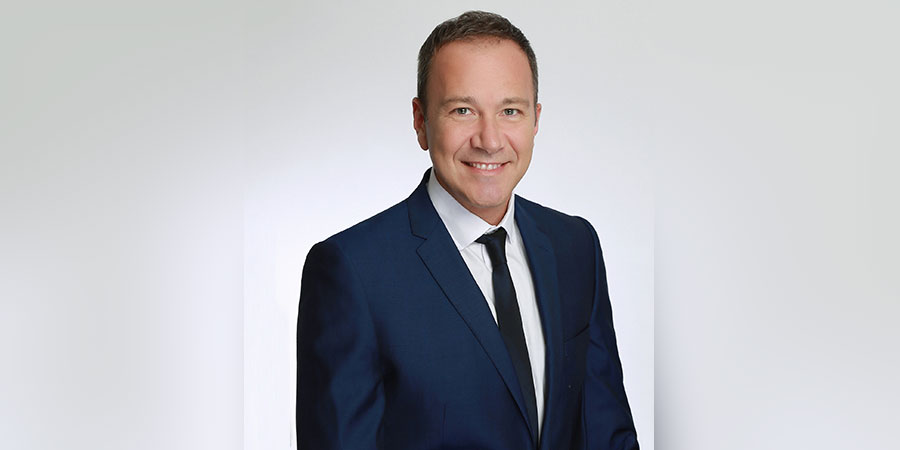With 40 years of hard-earned experience and continued progress, Arianespace has been lauded as one of the leading commercial satellite launch services in the industry. Telecom Review Asia Pacific spoke to Vivian Quenet, Arianespace’s Managing Director for Asia-Pacific to gain insight on the company’s impressive portfolio within the region, COVID 19’s impact on business operations and its future missions with Ariane 6 and Vega C.
What do you believe has been the secret to the company’s success all these years?
Since 1980, Arianespace has launched a total of 740 satellites for more than 100 commercial and institutional customers from around the world, making a major contribution to humankind’s knowledge of space, the protection of Earth, and improving life on the planet.
Asia-Pacific remains a key market for Arianespace, having launched 89 satellites to geostationary transfer orbit (GTO) for 17 Asia-Pacific operators from 10 countries – representing a 50% market share.
Arianespace offers launches into geostationary transfer orbit – its legacy core business; as well as new solutions, such as launch services for constellations and for small satellites into low Earth orbit (LEO), as well as rideshare-type launches into geostationary and lunar orbits.
This is the result of our three key assets: reliability, availability and competitiveness. However, we never take success for granted. This is why Ariane 6 and Vega C will enter service next year while we continue to innovate to answer all future needs — from low Earth orbit to the Moon and beyond.
Within Asia Pacific, Arianespace has made a significant regional mark with the relaunch of Ariane 5, as well as number of other successful launches this year. Could you tell us a little bit more about this and how these events have highlighted the importance of Arianespace’s presence in the region?
Despite the COVID-19 situation, we managed to launch 124 satellites this year, with three Ariane 5, two Soyuz launches and one Vega. We launched two Asian customers on flight Ariane VA252, and since I am based in Singapore, I always favour those launches.
On the other hand, we also launched the first and second batch of Oneweb’s LEO constellation, on Soyuz ST27 and ST28 flights, which are complex mission, with 34 satellites injection for each flight, but are also a very new business model, showing Arianespace is still at the forefront of innovation.
Last, we managed to inject three satellite in GTO, which is a first. One of those satellites, MEV-2 from Northrop Grumman is also a new business model, as its mission consist of extending life of healthy satellite, running out of fuel.
In addition to these performances, the Vega launch of 53 satellites in early September on a first 100% rideshare mission for European the benefit of 21 customers is a huge achievement for us.
What has been your observation/lessons learned this year with regards to the specific challenges faced when conducting missions in the Asia Pacific region?
On the commercial side, COVID-19 has undeniably affected business in Asia. There has been no major launch contract signed so far in the region. Geostationary satellite projects have been delayed or put on hold, but none has been cancelled. On the contrary, COVID-19 has reinforced the need to provide more data, when most people replaced their business travels, by video conference call. The confinement has also increased the consumption of entertainment content at home, on both streaming services and traditional satellite TV. More than ever, the region needs satellite to fill the gap of new demand.
Regarding institutional demand (Government, Defence, Agencies), there was no impact of COVID-19 in the region. All programs are still running. Some may have slight delay due to satellite manufacturers or suppliers, but I do not see any major issue.
Covid-19 threw a spanner in the works for many industries this year and has forced them to confront some exceedingly difficult decisions regarding the operational integrity of their businesses. How did the pandemic affect Arianespace operations and what has been done to rectify this?
We did not take any risk with the health and security of our customers and employees. As such, we had to stop launching from French Guiana, when the French government declared the mandatory confinement. To tackle the travel ban, we innovated during the campaign of the VV16 SSMS (Small Satellite Mission Service) with connected Smart glasses. Arianespace engineers became the eyes and the hands of our customers, who remotely instructed them to work on their satellites in preparation of the launch.
Tell us more about your upcoming missions with Ariane 6 and Vega C. How will these launches respond to market needs and opportunities?
The new generation of European launch vehicles is designed to address changing trends in the evolving satellite marketplace. Ariane 6 and Vega C will enable Arianespace to cover all orbits for all sizes of satellites, including constellations and smallsats, thanks to special multiple launch systems (SSMS for Vega/Vega C, and MLS for Ariane 6). Ariane 6 and Vega C benefit from a long heritage of reliability and enhanced competitiveness – key factors when both institutional and commercial customers make their choice of launch services.
We are laser focused on introducing the Vega C and the Ariane 6. The beauty of these launch vehicles is that we can tailor them to the exact needs of our individual customers. No two missions are alike. We can offer bespoke services without Savile Row prices.
Furthermore, we are already in discussions with ESA and our partners about further technological improvements and innovations—the Ariane 6 and the Vega C are not the end, they are the beginning. Our ambition is to improve continuously the capabilities and the overall competitiveness of these vehicles.





